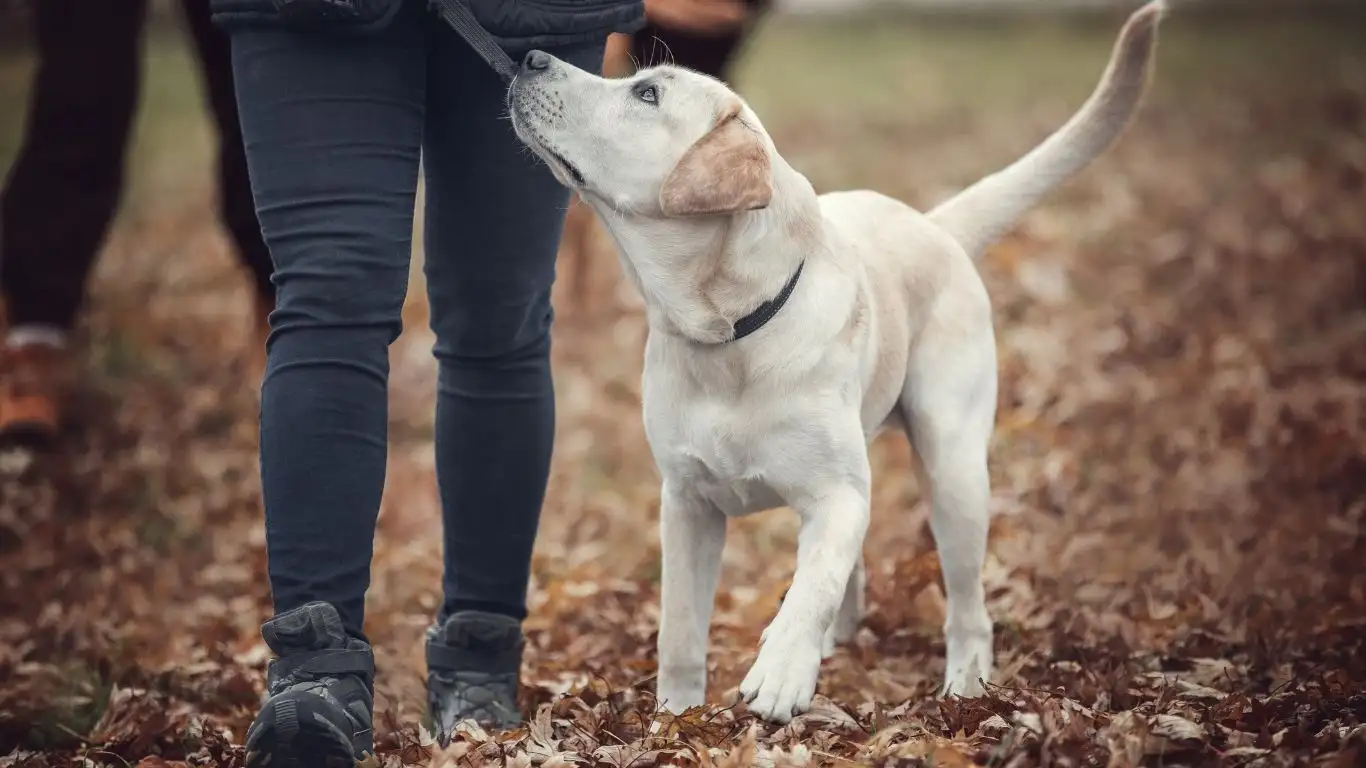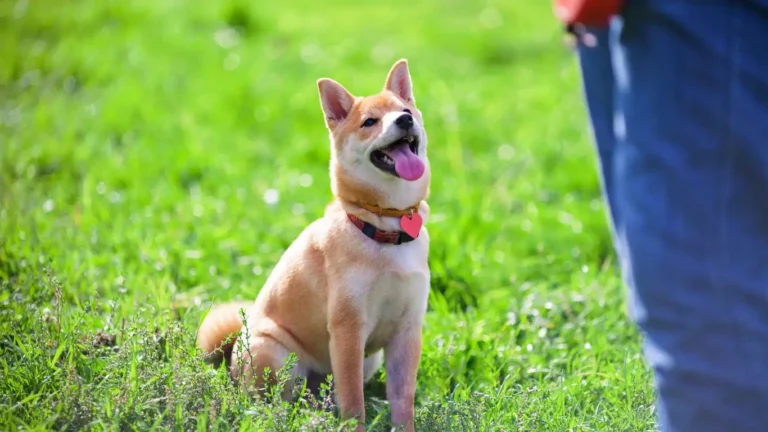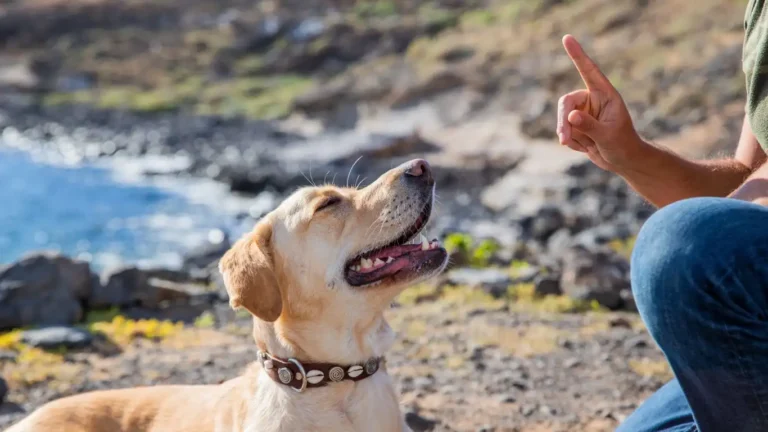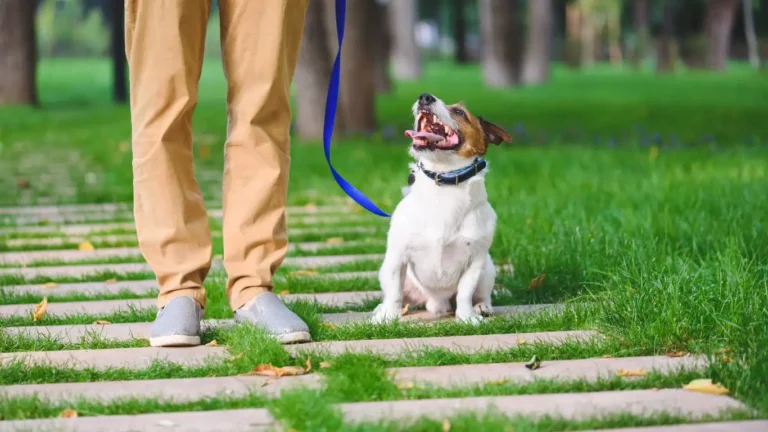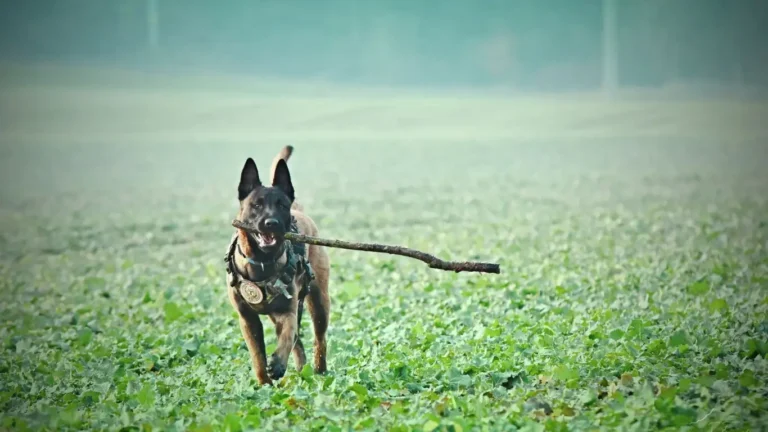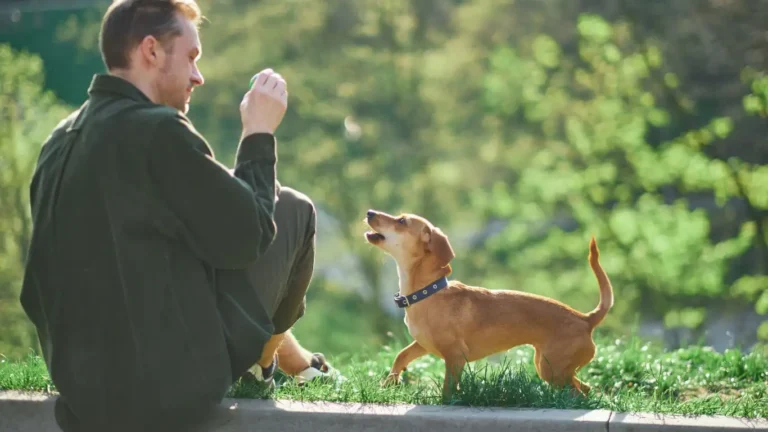How to Train a Dog to Enjoy Rainy Day Walks: Ultimate Positive Guide
If you’re like me, you know that a good walk with your dog is more than just exercise — it’s bonding time, a little mental reset for both of you. But what happens when those walks turn soggy and gray? Rainy day walks can feel like a drag, and your dog might not be thrilled about stepping into puddles or getting wet. So, how do you train a dog to enjoy rainy day walks instead of dreading them? From my years as a Canine-Assisted Therapy Trainer, I’ve gathered some down-to-earth, practical tips that really work. Trust me, it’s all about creating positive associations and building confidence in your furry friend, rain or shine.
Understanding Your Dog’s Rainy Day Mindset

First things first — not every dog is naturally a fan of the rain. Some might freeze at the first drop, others try to dash back inside, and some might even show signs of anxiety. Why? Well, rain changes everything in their environment: sounds get muffled or amplified, smells shift, and the texture underfoot becomes unfamiliar and slippery.
When I started training therapy dogs, I noticed that dogs who had never been gently introduced to rainy conditions often resisted walks on those days. So instead of forcing them, I focus on understanding their hesitation and using that as a starting point to build comfort. It’s about patience and empathy — letting your dog’s pace guide the process.
What Does Your Dog Really Think About Rain?
- Sensory overload: Raindrops tapping on leaves or pavement can be noisy or startling.
- Unfamiliar textures: Wet grass, muddy puddles, and slippery sidewalks can feel weird under paws.
- Change in routine: Dogs love routine, and sudden weather shifts disrupt their expectations.
Recognizing these factors helps you frame your training approach. Instead of rushing your dog into a full-on wet walk, start small and positive.
How to Train a Dog to Enjoy Rainy Day Walks: Step-by-Step

1. Introduce Rain Gradually
One of the best ways I’ve found to help dogs embrace rain is to slowly expose them to it. On a drizzly day, I’ll start by simply letting my dogs watch the rain from a dry, sheltered spot—like a covered porch or under a big tree. Once they seem curious rather than anxious, I’ll take a few steps into the rain with them, praising them the whole time.
This gradual approach helps your dog realize that rain isn’t something to fear — it’s just another part of their world. Always use lots of positive reinforcement: treats, praise, even their favorite toy if they respond well to play.
2. Gear Up to Stay Comfortable
Comfort matters a lot. When I’m training dogs to love rainy day walks, having the right gear makes a huge difference. For dogs, this might mean a lightweight, waterproof jacket that keeps them dry without restricting movement. For you, a good raincoat and waterproof shoes can keep the mood upbeat, because if you’re miserable, your dog will pick up on it.
Also, consider these little extras:
- Non-slip booties if your dog hates wet paws
- A sturdy, short leash for better control on slippery surfaces
- Reflective gear for darker, rainy days
3. Make Rainy Walks Special
One trick I swear by is making rainy day walks extra fun. I keep a handful of high-value treats just for rainy days—think smelly cheese or tiny bits of chicken—and use them to reward my dog for exploring wet patches or stepping into puddles. Play games like “find it” where you toss a treat nearby, encouraging your dog to focus on the game instead of the rain.
Another personal favorite: timing walks so they coincide with light rain rather than a downpour. This way, the experience is less overwhelming, and your dog associates rainy walks with good times, not discomfort.
Building Confidence and Routine on Rainy Days
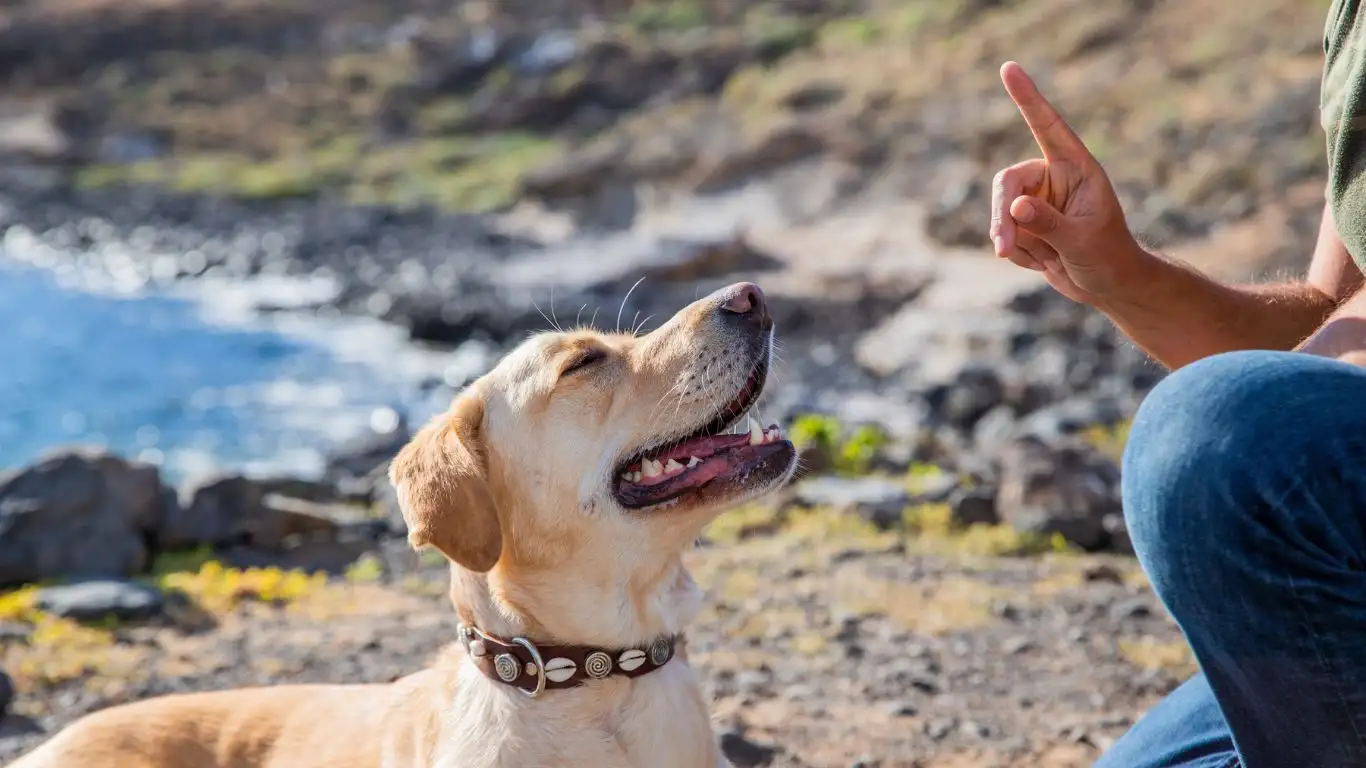
Once your dog is somewhat comfortable with the feel of rain and the wet ground, the next step is to build their confidence. Confidence is huge here — a dog that feels safe and sure-footed will be far more willing to tackle those soggy walks. In my experience, confidence comes from consistency and positive experiences, so establishing a rainy day routine can work wonders.
Stick to a Familiar Route with Rainy Day Twists
Dogs thrive on routine, but rainy days can make their usual walks feel totally different. To keep them comfortable, I suggest sticking to a route they know well, but with small, intentional changes. For example, choose a path with covered areas or trees where the rain is lighter. Or, plan a route where puddles are shallow and spaced out. This way, your dog won’t feel overwhelmed by a completely new environment.
Over time, you can slowly introduce more challenging areas—maybe a muddy patch or a trickier puddle—always rewarding bravery and curiosity with treats or praise. This gradual exposure builds their rainy day walk skills step-by-step, and you’ll be amazed at how quickly they adapt.
Use Training Cues and Games to Keep Their Mind Engaged
Something I find super helpful is keeping your dog’s mind active during rainy walks. When dogs are mentally engaged, they’re less likely to focus on the discomfort of wet paws or drips from above. Simple obedience cues like “sit,” “stay,” or “leave it” can be practiced along the way.
Plus, throwing in fun games like “find it” or gentle tug-of-war under a tree or covered area can distract your dog from the rain and reinforce the idea that wet walks = fun time. Here’s a quick list of games and training activities that work great in the rain:
- Treat Hide-and-Seek: Toss treats around a sheltered area for your dog to sniff out.
- Focus Drills: Practice eye contact and commands to keep their attention on you.
- Puddle Jumping: Encourage your dog to hop in and out of puddles, making it a playful challenge.
Engaging your dog’s brain in these ways helps them associate rainy day walks with mental stimulation and rewards, not just wet discomfort.
Managing Common Rainy Day Walk Challenges

Dealing with Reluctance or Anxiety
Sometimes, despite all your efforts, your dog might still hesitate or show signs of anxiety when it’s time for a rainy walk. Don’t get discouraged — this is completely normal and fixable with gentle persistence.
From my experience working with therapy dogs, the key is never to force them. Instead, try these tips:
- Use Calm Energy: Dogs are experts at reading your mood. Stay calm and upbeat to help ease their worries.
- Short and Sweet: Start with very brief walks, maybe just a few steps outside, then head back in and reward.
- Comfort Items: Bring along a favorite toy or blanket that smells like home to provide reassurance.
- Wait for a Break: If the rain pauses, seize the opportunity to make a quick, positive outing.
With time, these small steps add up, and your dog will gain confidence that rainy walks aren’t so scary after all.
Keeping Your Dog Dry and Clean Post-Walk
One of the reasons dogs dislike rainy walks is the mess afterward. Muddy paws, wet fur, and dripping water can be uncomfortable for them and annoying for us. I always keep a routine ready for post-rain walks to keep my dogs dry and happy:
- Towel Off Immediately: Use a thick, absorbent towel to gently dry their paws, belly, and legs as soon as you get indoors.
- Check for Irritants: Look for stuck leaves, mud, or small stones that might irritate their skin.
- Use Paw Balm: Applying a paw balm can protect their pads from harsh weather and prevent cracking.
- Brush Their Coat: This helps remove dirt and prevents mats, especially important if your dog has longer hair.
Over the years, I’ve found that maintaining this cozy after-walk ritual makes dogs look forward to getting back inside — and it reinforces a positive cycle around rainy day walks.
Adapting Training for Different Dog Personalities and Breeds
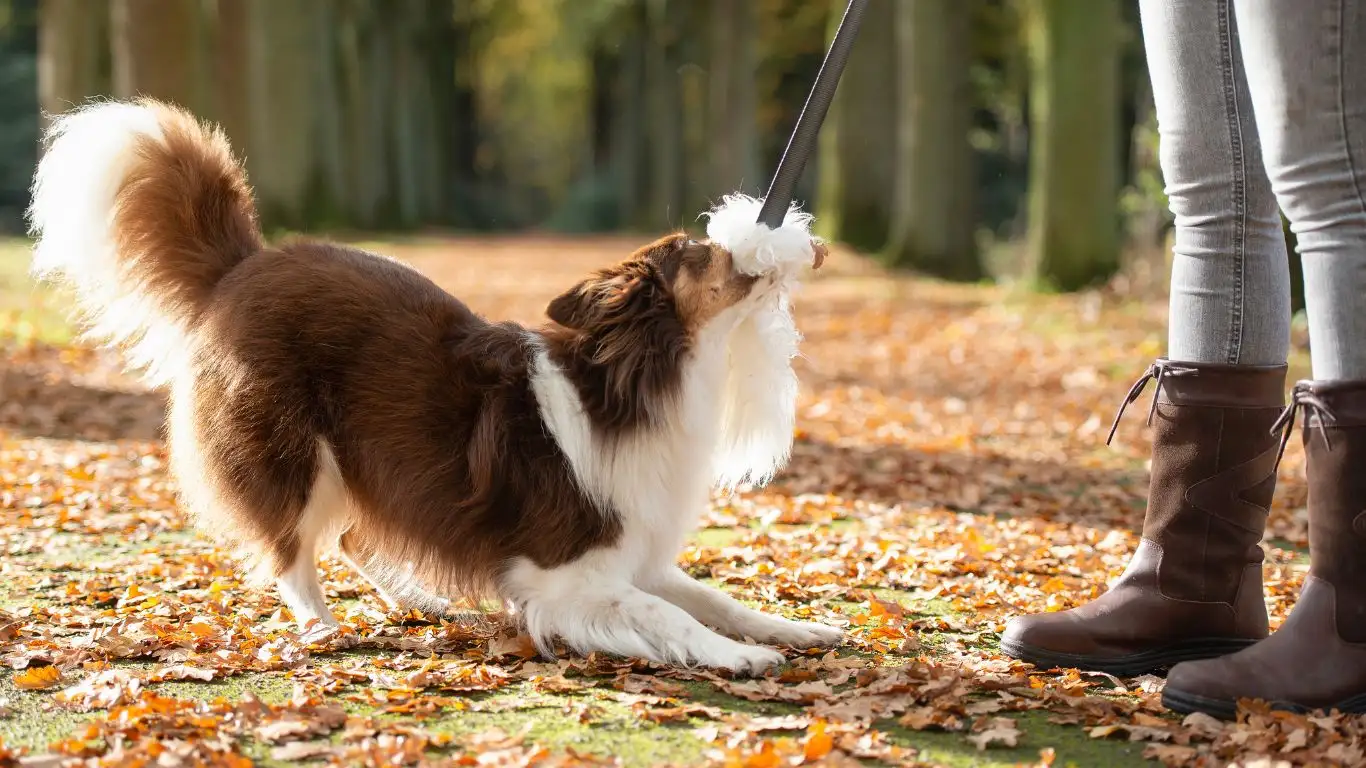
Every dog is unique, and their reaction to rain can vary widely depending on personality, breed, and past experiences. For instance, some breeds like Labradors or Newfoundlands generally love water and will happily splash through puddles. On the other hand, smaller or short-haired breeds might be more sensitive to cold and wetness.
Here are some breed and personality-based tips from my experience:
- Water-Loving Dogs: Leverage their natural curiosity—make rainy walks a splash party with games and fetch.
- Shy or Nervous Dogs: Use extra gentle exposure and rely heavily on treats and praise to build trust.
- Small or Short-Haired Dogs: Invest in warm raincoats and consider shorter walks if the weather is harsh.
- Older Dogs: Keep walks slower and shorter, watching for signs of discomfort or arthritis flare-ups.
Remember, no matter your dog’s personality, the goal is to create an environment where rainy day walks feel like a natural, enjoyable part of life — not a dreaded chore.
Tips for Making Rainy Day Walks Fun for Both You and Your Dog
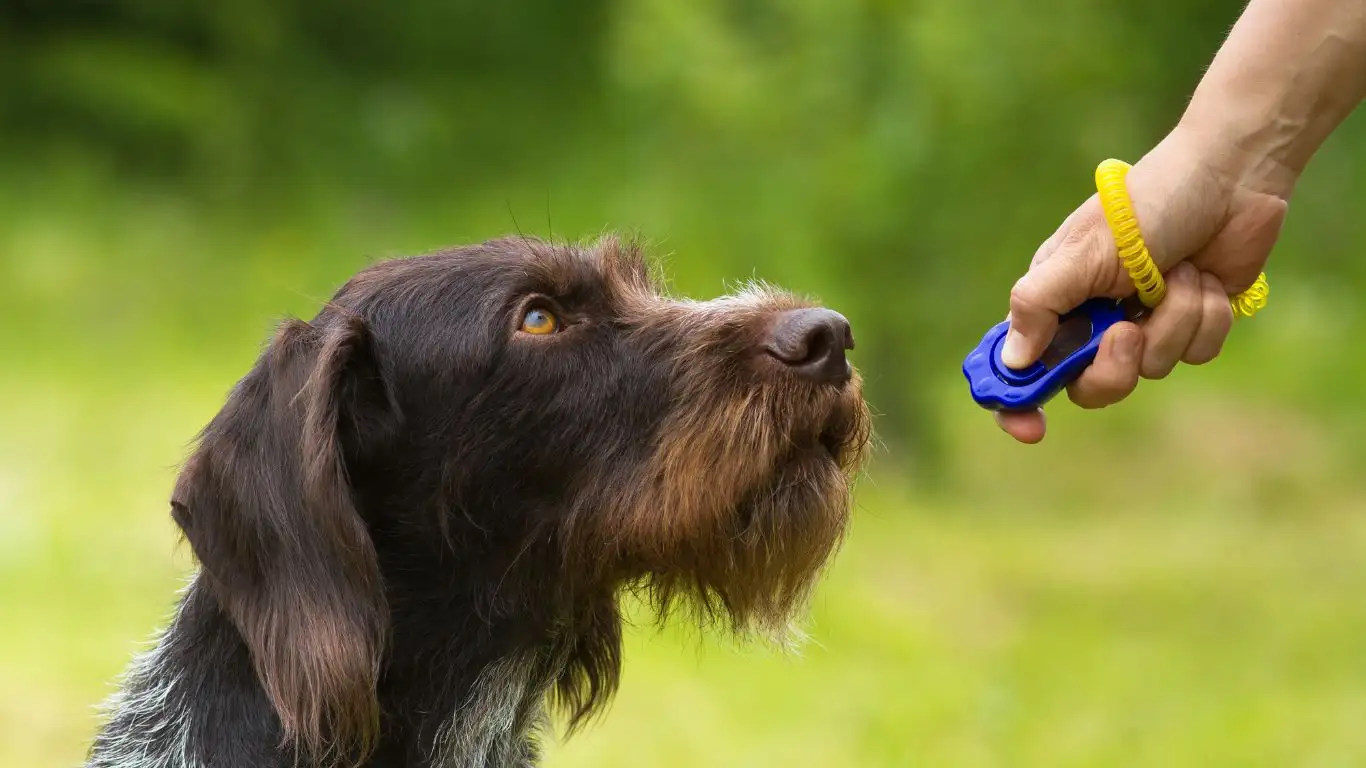
By the time you’ve worked through the basics, your rainy day walks can actually become something both you and your dog look forward to. From my personal experience in canine therapy training, the key is to make these outings fun and rewarding. After all, dogs pick up on your energy — if you’re relaxed and excited, they’ll follow suit.
Celebrate the Small Wins
Sometimes the smallest breakthroughs deserve the biggest celebration. Did your dog step into a puddle for the first time? Or maybe they trotted happily through the drizzle without pulling to go back inside? Celebrate it! Use enthusiastic praise, treat rewards, and even a little happy dance if it feels right.
These moments build a positive memory bank that will motivate your dog to approach rainy day walks with less hesitation next time. When I trained therapy dogs, I always made sure to acknowledge their progress, no matter how small, because it fuels continued success.
Change Up the Routine With New Experiences
After your dog is comfortable with regular rainy walks, keep things interesting by mixing up the experience a bit. Try exploring new neighborhoods with covered walkways, parks with lots of trees, or even quiet trails that give you and your pup a peaceful retreat from the rain noise.
Sometimes bringing along a friend or another dog can add social fun to the mix. Just be mindful of your dog’s comfort level and don’t push too hard—this is supposed to be enjoyable, not stressful.
Use Rain as a Training Opportunity
Rainy days can also be perfect for practicing obedience and impulse control. The distractions from dripping leaves, splashing water, and slippery surfaces can help your dog learn to focus on you no matter what’s going on around them. This builds trust and sharpens their skills, which is invaluable whether you’re out on a sunny day or a stormy one.
In therapy dog work, I often use varied environments like rainy walks to simulate real-world distractions, making dogs more adaptable and confident.
Safety First: Keeping Rainy Walks Risk-Free
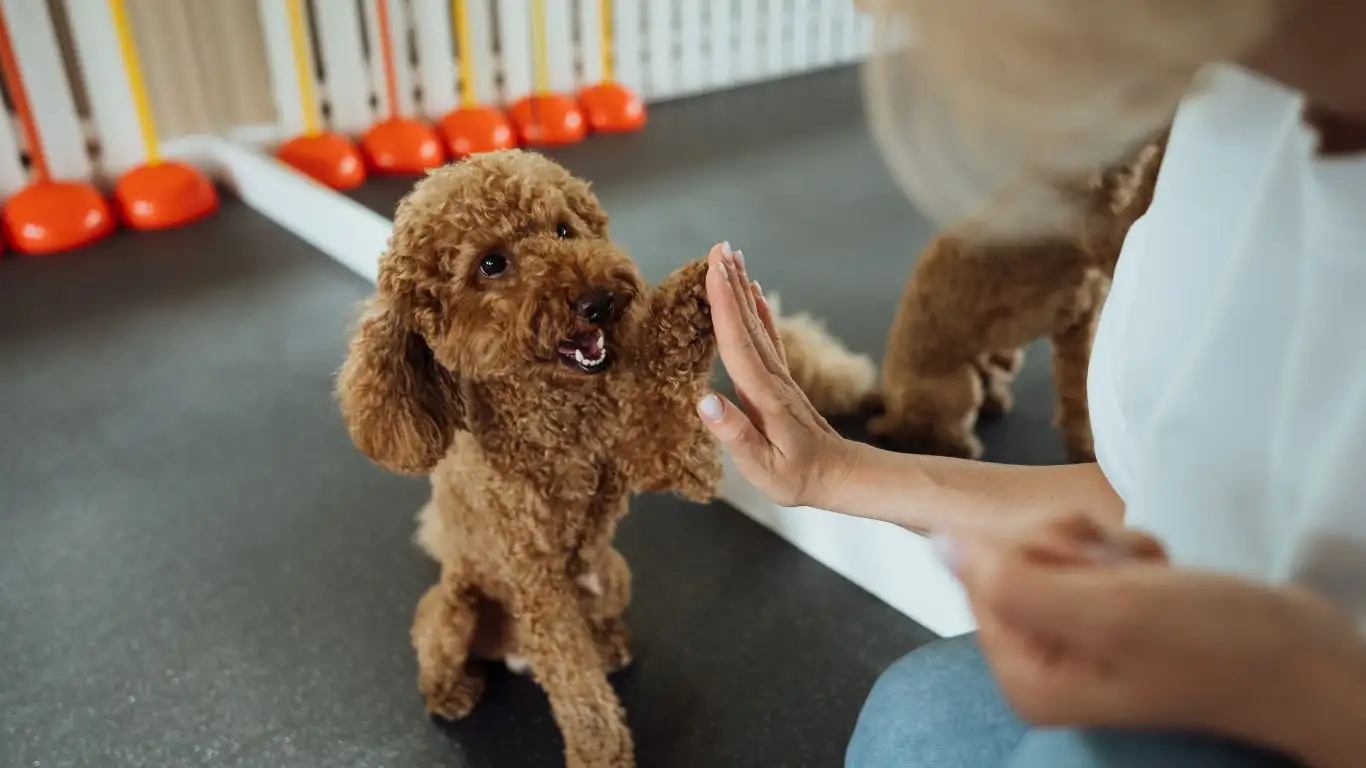
Enjoying rainy day walks doesn’t mean ignoring safety. Wet sidewalks can be slippery, puddles may hide sharp objects or harmful chemicals, and poor visibility can increase risks. Here are some safety tips I swear by:
- Check the Weather: Avoid walking in heavy storms, lightning, or freezing rain.
- Wear Reflective Gear: Rainy days often mean darker skies — reflective collars, leashes, and jackets help keep your dog visible.
- Inspect Puddles: Before encouraging your dog to splash, check for hidden debris, salt, or stagnant water that could upset their tummy.
- Mind Your Dog’s Health: Older dogs or those with joint issues might need shorter or more cautious walks during cold, wet weather.
- Dry Off Thoroughly: Post-walk grooming prevents skin irritation and infections, especially in folds and between toes.
When I’m training therapy dogs, we always emphasize safety first — a happy dog is a safe dog.
Final Thoughts: Embracing Rainy Day Walks as Part of Your Dog’s Life
In my years working with therapy dogs and everyday pups, I’ve learned that training a dog to enjoy rainy day walks is all about patience, positivity, and persistence. Every dog is different, but with the right approach — gradual exposure, fun games, safety mindfulness, and consistent encouragement — even the most rain-averse dogs can learn to embrace those wet, gray days.
Remember, your attitude sets the tone. Show excitement, bring treats, and make rainy walks a special part of your routine rather than a chore. You’ll build not just better walks but a deeper bond with your dog that lasts rain or shine.
References
- American Society for the Prevention of Cruelty to Animals (ASPCA)
- American Veterinary Medical Association (AVMA)
- Cesar’s Way – Dog Training Tips
Disclaimer
The information provided here is based on personal experience and general best practices in dog training and care. It is not a substitute for professional veterinary advice. Always consult your veterinarian or a certified canine trainer for guidance tailored to your dog’s specific health and behavior needs.
